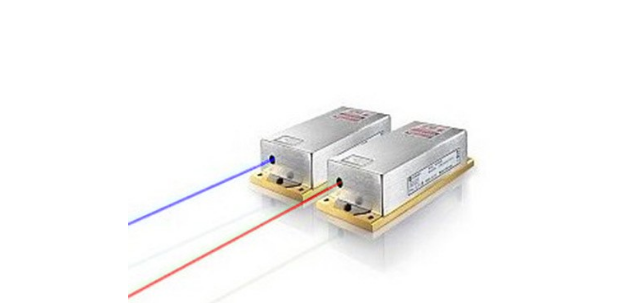
Returning Customer
I am a returning customer
Register Account
If you already have an account with us, please login at the login form.
Your Account Has Been Created!
Congratulations! Your new account has been successfully created!
You can now take advantage of member privileges to enhance your online shopping experience with us.
If you have ANY questions about the operation of this online shop, please e-mail the store owner.
A confirmation has been sent to the provided e-mail address. If you have not received it within the hour, please contact us.
Account Logout
You have been logged off your account. It is now safe to leave the computer.
Your shopping cart has been saved, the items inside it will be restored whenever you log back into your account.
In recent years, with the improvement of the reliability and practicality of lasers, coupled with the rapid development of computer technology and the improvement of optical devices, the development of laser marking machine technology has been promoted. Among them, infrared lasers and ultraviolet lasers are the two most widely used lasers. Now we simply compare the two lasers:

Infrared YAG lasers (with a wavelength of 1.06 μm are the most widely used laser sources for material processing. However, many plastics and some special polymers (such as polyimides) used in large quantities as flexible substrate substrates cannot Fine processing by infrared or "hot" processing.
As "hot" deforms the plastic, a carbonized form of damage occurs at the edges of the cut or drilled hole, which can lead to structural weakening and parasitic conduction paths, and some subsequent processing steps have to be added to improve the quality of the process. Therefore, infrared lasers are not suitable for the processing of some flexible circuits. In addition, the infrared laser wavelength cannot be absorbed by copper even at high energy densities, which severely limits its use.
The output wavelength of the UV laser is below 0.4 μm, which is the main advantage of processing polymer materials. Unlike infrared processing, UV microprocessing is not a heat treatment by nature, and most materials absorb ultraviolet light more easily than infrared light. High-energy ultraviolet photons directly destroy the molecular bonds on the surface of many non-metallic materials. Parts processed by this "cold" photo-etching process have smooth edges and minimal charring.
Moreover, the characteristics of the short ultraviolet wavelength itself are superior to the mechanical microprocessing of metals and polymers. It can be focused to sub-micron orders of magnitude, so that fine parts can be processed, even at low pulse energy levels, high energy densities can be obtained, materials can be efficiently processed, and micro-holes in the industry The application has been quite extensive, and there are two main ways to form:
One is the use of infrared lasers: the material on the surface of the material is heated and vaporized (vaporized) to remove the material. This method is often referred to as thermal processing. YAG laser (wavelength 1.06 μm) is mainly used.
The second is the use of UV lasers: high-energy UV photons directly destroy the molecular bonds on the surface of many non-metallic materials, the molecules from the object, this method does not produce high heat, it is called cold processing, the main use of UV laser (wavelength 355nm).
By comparison, it can be seen that the UV laser can achieve ultra-fine marking and marking of special materials because the focusing spot is extremely small and the processing heat affected zone is minimal, which is the preferred product for customers who have higher requirements for marking.
